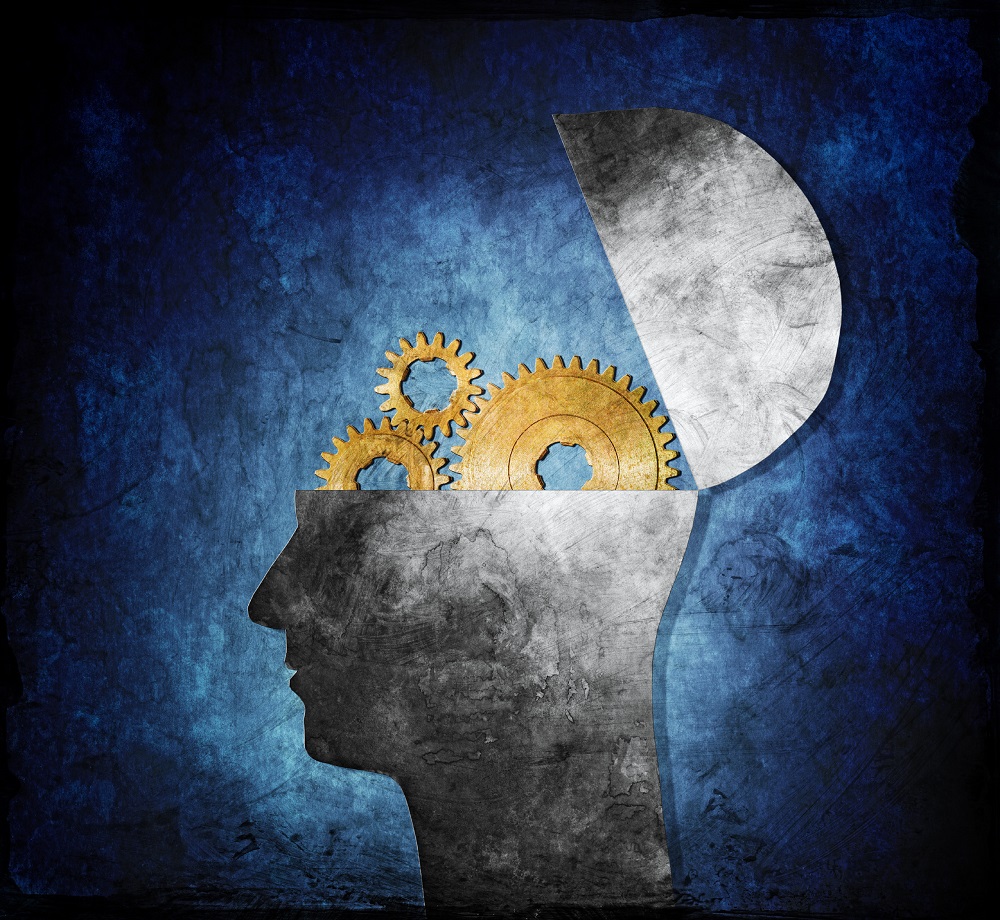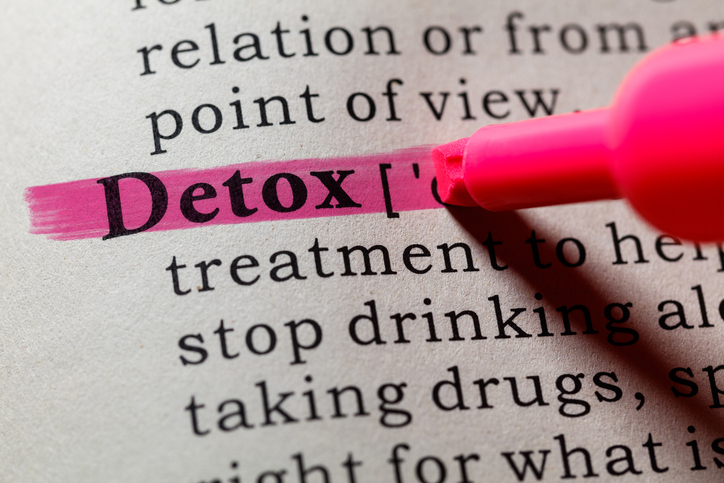
Addiction is multifaceted in both its appearance and ill effects. Some people become addicted quickly, while others go through months of drug use and quit at the drop of a hat. Some people exhibit terrifying and destructive behavior, while others can successfully go through great lengths to hide their addiction, suffering underneath the surface.
There is a misconception that only certain “types of people” become addicted. It is true that addiction is more likely in times of distress, or as a result of escalating self-medication – but it is also true that anyone can fall prey to addiction. Society’s poorest addicts are every bit as human and personable as upper and middle-class families struggling with alcoholism, across all ages.
Drugs affect the human brain in the same way every time, but what that effect has on individual people is an entirely different matter. Understanding how addiction works, how individuals deal with it, and how drugs affect the human body can go a long way towards learning the how’s and why’s of addicted behavior, and making progress in your own recovery.
Drugs And The Human Body
Have you ever had a craving for a certain food? A certain activity? Or even a certain person? A lot of our needs and wants are driven by a predisposed code most humans have – we’re pleasure seekers in one form or another, and the things that give us pleasure (sex, chocolate, fatty food) have become human favorites due to thousands of years spent selectively surviving the Earth’s harsh environments.
We’re more complex than just our base instincts – but they’re there nonetheless, and to satisfy them can feel really good. This is all due to a part of the brain known as the pleasure center. When we do certain things or ingest certain substances, our pleasure center releases dopamine, the feel-good neurotransmitter. Drugs overstimulate the pleasure center by manipulating our neurons and changing the way dopamine is released, either by releasing more of it than usual or by preventing our cells from properly disposing of it, thus keeping it in our synapses for longer.
As this happens, our body and brain begin to form an addiction to whatever is releasing this unnatural amount of euphoria. Too much of a good thing is no good –and in the case of substance abuse, addictive substances cause a physical reaction as a result of consistent and continuous usage.
Once addiction kicks in and the cravings start, your mind begins to interpret them as needs, more than just wants. Addictive behavior – even the destructive and risky kind – stems from a combination of a corrupted pleasure center, and a decline in cognition and reasoning. Essentially, it becomes harder to keep a cool head and be reasonable about your behavior, and continuous use often leads to impulsive behavior, and worsening decision making as you become addicted.
Tolerance is another aspect of addiction that makes quitting all the more difficult. As addiction continues, the body begins to form a resistance to the effectiveness of a drug, reducing its effects. For example, it may take more alcohol to get drunk, or it may take more cocaine to achieve the same high. This is the body’s cells defending itself from a barrage of unnatural brain functions – but the result simply spurs an addict on to use more drugs in order to achieve the same effect. While the body can protect itself against a high, it cannot protect itself against the lethal side effects of an overdose.
When trying to quit after tolerance kicks in, it is not unusual for a person to go into withdrawal. Withdrawal symptoms can range from discomfort and irritability to violent sickness, and even death if approached too drastically, depending on the drug. These occur because the body has gotten used to the drug intake, and depends on it for certain brain functions. Cutting off your own supply requires readjustment, the kind that is best done under medical supervision.
When Does Someone Become Addicted?
Addiction begins in the brain, but it is difficult to feasibly track someone’s addiction through constant brain scans – so the most reliable source for when someone can become addicted is the person themselves. For someone to be an addict, they have to admit to themselves that they are one, or exhibit enough symptoms so that denying it would be completely illogical.
A total inability to stop oneself from using – that is what makes someone become addicted. If a person can’t stop themselves despite promises or plans to do so, and despite negative consequences that would typically discourage behavior, then they’re addicted. If a person loses their job, destroys a relationship, or even commits a crime to satisfy their addiction, then it is clear that they have a serious problem.
Addiction And Mental Health
Addiction and mental health are intertwined for several reasons, the most glaring one being the fact that addiction is a disease of the brain above all else. While different kinds of addiction can lead to organ failure and cancer, the brain is what is first affected and causes the addiction to begin with. The combination of addiction and the destructive behavior it can help cause often triggers mental health issues that may have been under control in the past, or were lingering underneath a stable surface.
On the other hand, existing mental health conditions can be made worse when you become addicted, while often playing a part in causing addiction (trauma, anxiety and depression are all wrought with stigma, and are conditions that are prone to self-medication gone awry).
The link between addiction and mental health issues must never be forgotten, especially because both are affected by a public perception of healthy vs. unhealthy.
Addiction, just like other conditions, does not reduce a person to the stereotype of their affliction, and it is important to treat every individual as an individual, and not “another junkie” or “another kook”. These generalizations often drive people to hide their problems, deny dangerous symptoms or lie in order to avoid unjust criticism and emotional harm.
Putting Addiction Behind You
It happens over time, and it takes time to heal and recover from. When you become addicted it can cause serious damage over the course of just a few months, but regardless of how long the disease has been ongoing, it can be put behind you with the right treatment and support.
Drug addiction treatment has gotten better than ever, with programs designed to accommodate any individual’s unique therapeutic needs and considerations. Treatment facilities have long recognized that there is no proper one-size-fits-all solution for addiction, and the result is a comprehensive, custom process.
As such, there’s also no telling how long it’ll take you to get over this period in your life – but as long as you think you can, you will.









